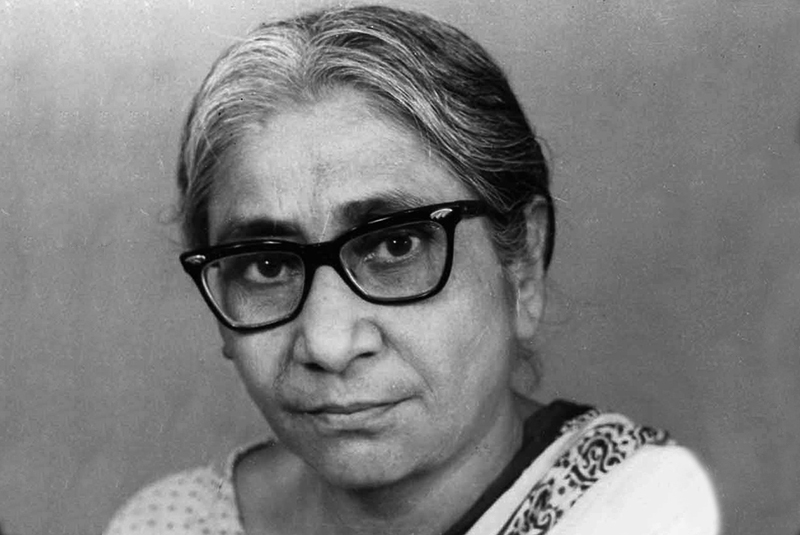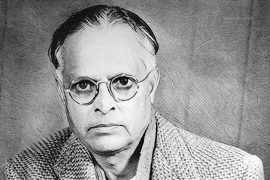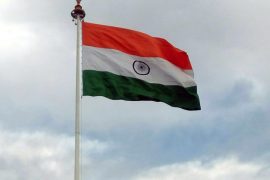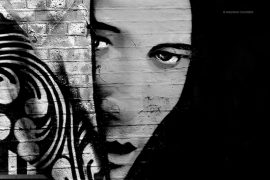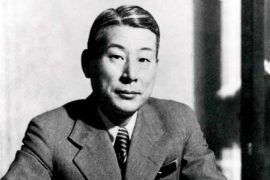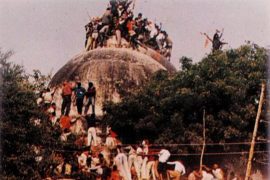One hundred years ago, the world Asima Chatterjee was born in had little but contempt for women scientists. The great stalwarts of that time, Mahatma Gandhi, Swami Vivekananda and C.V. Raman had each held positions against women embracing the same education as men. For Gandhi and Vivekananda, women were better off staying at home or embracing an idea of ‘pure womanhood’.
However, women scholars emerged – in pockets of reform and in challenging circumstances alike. Asima was a follower of Vivekananda but she steadfastly pursued her education. She joined the Calcutta University in the 1930s, becoming the first woman to get a Doctorate of Science from an Indian university.
It was an important and significant milestone. For Asima is famous today for her work on Indian medicinal plants – finding applications that could treat Cancer, Malaria, Epilepsy and even household cures for things such as eye pain. Her magnum opus, The Treatise on Indian Medicinal Plants, is a much-cited and valuable resource even today. In five volumes, it exhaustively listed Indian medicinal plants as well as their references in Sanskrit literature.
From 1954, she was a Reader in the department of pure chemistry at Calcutta University – a title she kept throughout her life. In those days, there was little access to modern-instruments in the study of plants. It was hard, manual work that required dedication and precision. By the 1960s, accolades started pouring in for her work.
-30-
Copyright©Madras Courier, All Rights Reserved. You may share using our article tools. Please don't cut articles from madrascourier.com and redistribute by email, post to the web, mobile phone or social media.Please send in your feed back and comments to [email protected]

